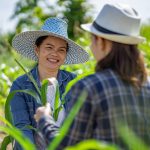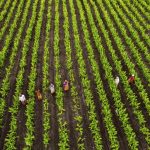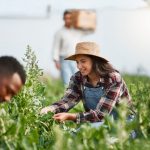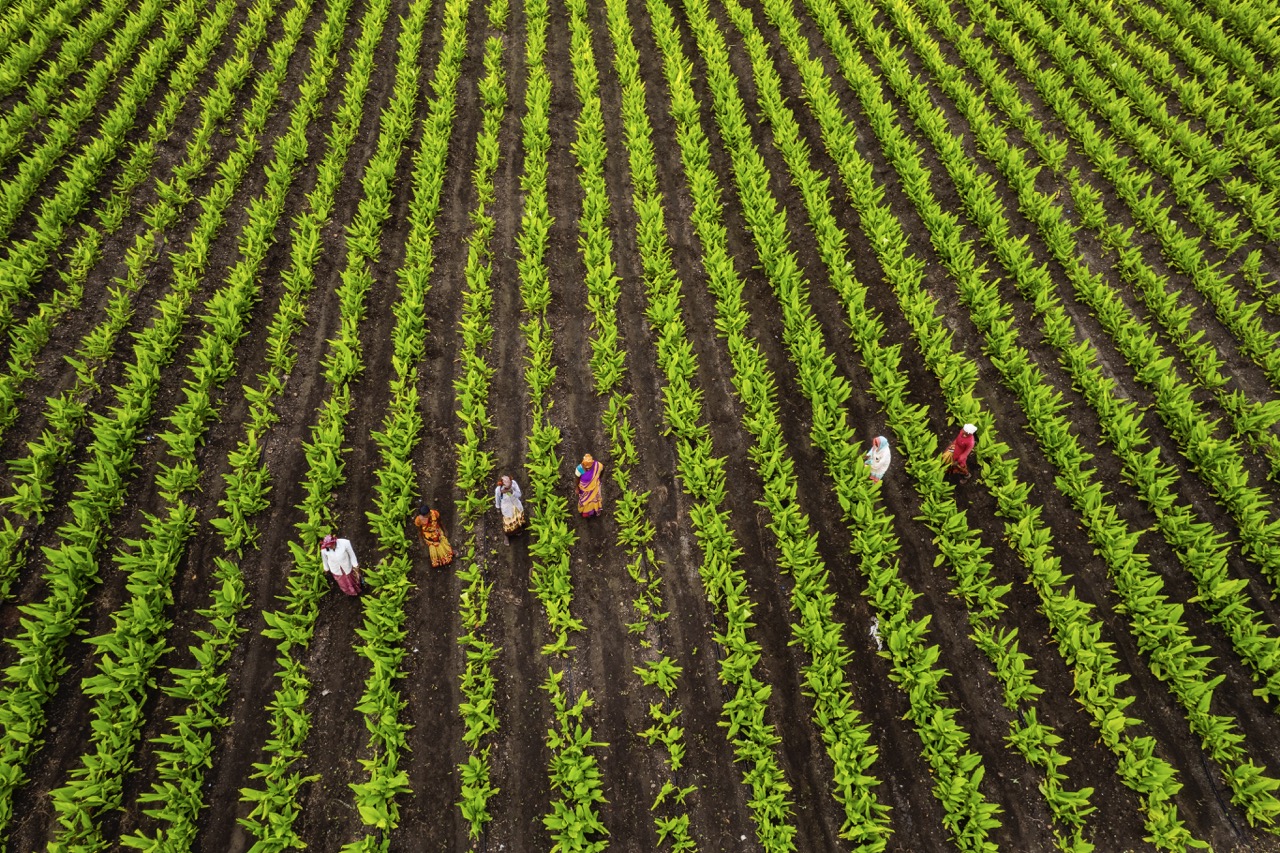Sharecropping, an agricultural system that emerged in the Southern United States after the Civil War, has been frequently criticized for perpetuating economic disparities. However, in the contemporary context, it has been re-envisioned as a viable pathway for immigrant farmers seeking to establish their livelihoods in a new land. By leveraging the sharecropping model, these farmers can access land, resources, and markets that would otherwise be unattainable. This article delves into the historical context of sharecropping, its economic benefits for immigrant farmers, inspiring success stories, and the potential for building sustainable communities through cooperative farming.
Understanding Sharecropping: A Historical Perspective
Sharecropping originated as a solution to the economic devastation following the Civil War, providing a way for landowners to maintain agricultural production while offering freed slaves a means of livelihood. Under this system, laborers would work the land in return for a share of the crop, typically covering housing and other basic needs. This arrangement allowed many to escape the cycle of poverty, albeit often leading to cycles of debt that entrapped them within the system. Thus, sharecropping became both a lifeline and a means of exploitation.
In recent years, as the landscape of American agriculture has evolved, sharecropping has re-emerged as a model adaptable to immigrant farmers, who may arrive with limited financial resources but a wealth of agricultural knowledge. Immigrants often come from agricultural backgrounds and possess skills that can contribute significantly to the farming sector. The reimagined sharecropping model allows these farmers to utilize their expertise while sharing risks and rewards with landowners and investors.
This modern interpretation of sharecropping is increasingly recognized in various regions, particularly in rural areas experiencing labor shortages and a lack of access to land for new farmers. By bridging the gap between landowners seeking to maintain productivity and immigrants looking for opportunities, sharecropping can offer a fresh start, empowering individuals to cultivate their identity and economic stability in their new home.
The Economic Benefits of Sharecropping for Immigrant Farmers
For immigrant farmers, sharecropping can provide a cost-effective entry point into the agricultural sector. Traditional land ownership requires significant capital investment, which can be a barrier for many newcomers. Sharecropping mitigates this barrier by allowing farmers to rent land in exchange for a portion of the crop, thereby reducing upfront costs while offering them a chance to generate income. This flexibility enables immigrant farmers to stabilize their finances while gradually investing in their future.
Additionally, sharecropping fosters a collaborative environment where farmers can pool resources to overcome obstacles such as the high cost of machinery and inputs. By working together, sharecroppers can share expenses, reducing the financial burden on individual farmers. This collective approach not only boosts productivity but also paves the way for partnerships that can lead to greater market access and the potential for higher profits.
Moreover, as immigrant farmers gain experience and build connections within the agricultural community, they can leverage their sharecropping arrangements to eventually negotiate better terms or transition to larger-scale farming operations. Through this gradual progression, sharecropping serves as a stepping stone toward self-sufficiency and economic empowerment, ultimately contributing to the broader economy by bolstering local agricultural production.
Overcoming Challenges: Success Stories in Sharecropping
Despite its potential, sharecropping can present numerous challenges that immigrant farmers must navigate, including language barriers, limited access to resources, and potential exploitation by landowners. However, numerous success stories illustrate how these challenges can be overcome. For instance, various nonprofit organizations and community groups have emerged to support immigrant farmers by providing educational resources, legal assistance, and access to cooperative networks designed to empower them in their agricultural pursuits.
One notable example is the success of a group of Central American immigrants who formed a cooperative in the Midwest, utilizing the sharecropping model to cultivate organic vegetables. By pooling their resources and knowledge, they not only created a sustainable farm but also established a direct marketing strategy that connected them with local consumers. Their success highlights how collaboration can address challenges and facilitate growth, showcasing the potential for sharecropping to serve as a launchpad for immigrant entrepreneurship.
Another inspiring case is that of an Ethiopian immigrant who, through a sharecropping agreement, transformed a neglected piece of land into a thriving farm that supplies local markets with culturally relevant produce. With the support of community organizations, this farmer was able to secure funding for equipment and training, allowing them to scale operations and improve yield. Such success stories are crucial in demonstrating the viability of sharecropping as a means for immigrants to establish themselves in the agricultural sector and contribute to the economy.
Building Sustainable Communities Through Cooperative Farming
The concept of cooperative farming ties neatly into the principles of sharecropping, fostering community resilience and sustainability. By working together, immigrant farmers can enhance their bargaining power, access shared resources, and create a support network that can withstand economic fluctuations. Cooperative farming not only promotes individual success but can also lead to the development of vibrant agricultural communities that benefit everyone involved.
Moreover, cooperative farming initiatives can address social challenges often faced by immigrant populations, such as isolation and limited access to markets. By forming cooperatives, farmers can share information, participate in collective decision-making, and engage in marketing efforts that elevate their products. This sense of community not only strengthens the local agricultural economy but also fosters social cohesion among diverse immigrant groups, leading to a richer cultural exchange and shared learning.
As these cooperative farming models gain traction, they have the potential to influence agricultural policies and practices at a broader level. By advocating for equitable access to resources and land, immigrant communities can drive systemic change that benefits not only themselves but also the entire agricultural landscape. As the world increasingly recognizes the importance of sustainable practices, the cooperative sharecropping model can serve as a vital link between immigrant farmers and the broader goals of food security and environmental stewardship.
In conclusion, sharecropping is not merely a relic of the past; it holds significant promise for immigrant farmers seeking to carve out a new life in the agricultural sector. By understanding its historical context and recognizing its economic benefits, challenges, and potential for community building, stakeholders can work toward creating a more inclusive and sustainable agricultural landscape. As immigrant farmers continue to share their stories and successes through sharecropping and cooperative models, they pave the way for a more equitable and vibrant future in farming.










